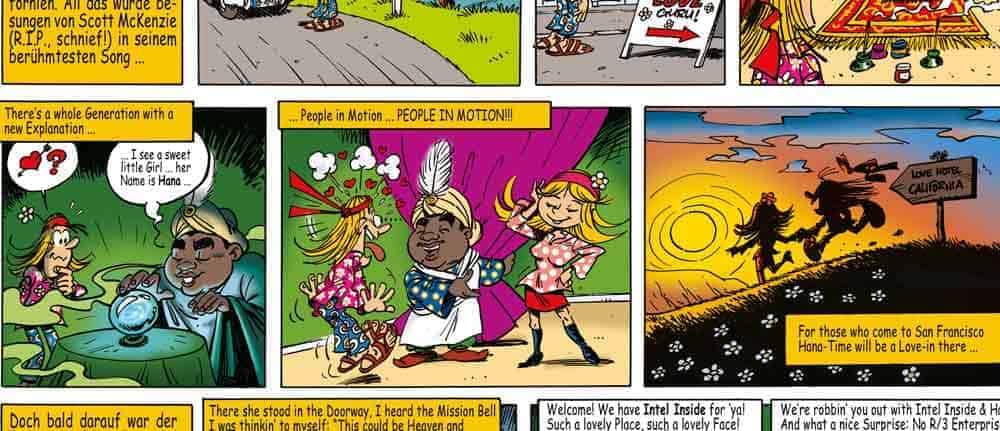Bush drums


There were times when you could follow the appearance of each letter on the computer terminal until, after minutes, a complete text became legible.
If this text was then also in a meaningful context to the situation of the recipient, the data resulted in something like Information.
There is a very noteworthy book entitled: "The Information - History, theory, flood". Bestselling author James Gleick tells how the Information became the centerpiece of our civilization today.
Starting with the words, the "talking" drums in Africa, through the Morse code to the Internet revolution, he sheds light on how the Transmission of information shaped and changed societies.
Gleick explains the theories that deal with coding and decoding, the Transmission of content and the dissemination of myriads of messages. He introduces the well-known and unknown pioneers of the information society: Claude Shannon, Norbert Wiener, Ada Byron, Alan Turing and others.
It offers the reader new insights into the mechanisms of information exchange.
Obviously, SAP is not an object of study for James Gleick, because here he could have described how to move very fast but backwards in the information spiral.
SAP has managed the feat of developing two fast, on Hana based systems with one of the oldest and most primitive data transfers: on the one hand SAP Business Suite on Hana (SoH), on the other hand the Cloud, but native!-trading platform Ariba - also as the heart and drive with Hana.
However, because in a meaningful business scenario the ERP-system needed to communicate with the sales platform - exchange data - they commissioned a Hana-versed SAP partner and an SAP developer in India with the solution for a veritable data path.
The solution is much closer to the technology of bush drums than to modern communication protocols, such as those used in the Internet are common.
From SAP's ERP-system, the business data is transferred to the CSV–File via NetWeaver PI into the Ariba-Cloud, but native!.
This concept is almost as efficient as the talking drums from Africa or the Morse code: A CSV–File is nothing more than a long string of terms, each separated by a semicolon.
If some arguments are missing in a record, two or more semicolons follow each other. At the end of each record there is a paragraph symbol - also known as a Carriage Returnwhat the good old Carriage return of a mechanical typewriter.
SAP thus transfers data between two of its own systems based on a concept that originated in mechanical information transfer.
Naturally, in the SAP world, this data flow must also follow compliance and governance rules, which brings SAP NetWeaver PI (Process Integration) into play. That's right! According to SAP, the CSV–Data transmission around an integrated information process.
NetWeaver PI takes the CSV-files from the SoH system, logs everything neatly, and hands over the conglomerate of semi-colons and Carriage return to Ariba. A contemporary replacement for bush drums?
According to recent information, Ariba is working on a modern Web-interface for the Data transmission from SAP systems.
At the time of going to press, however, an end to the work had not yet been communicated - but perhaps this was due to the fact that current e-mail and Web-Systems old CSV-files can no longer be read.





